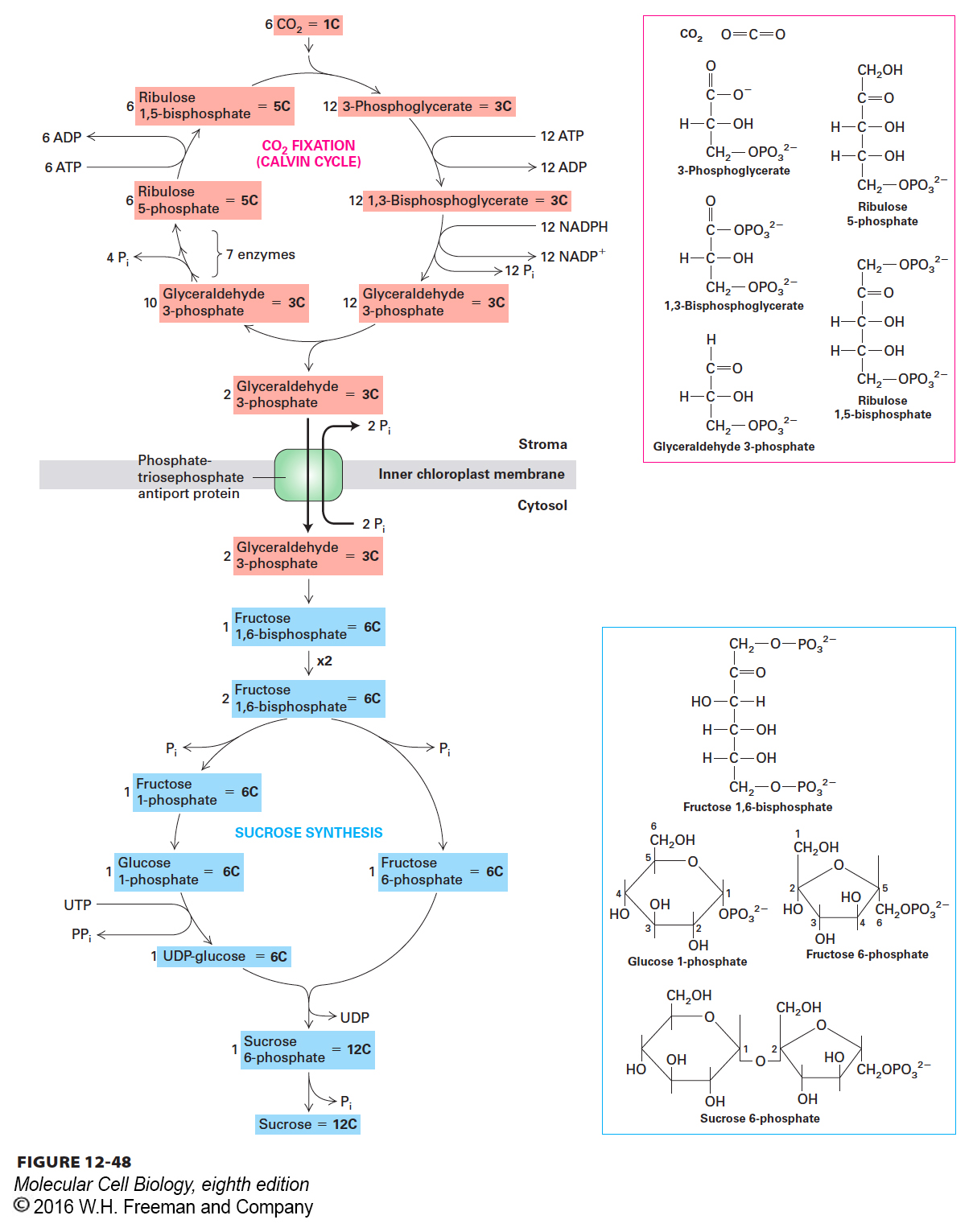
FIGURE 12- 3- 3- 3- 6- 6- 3-